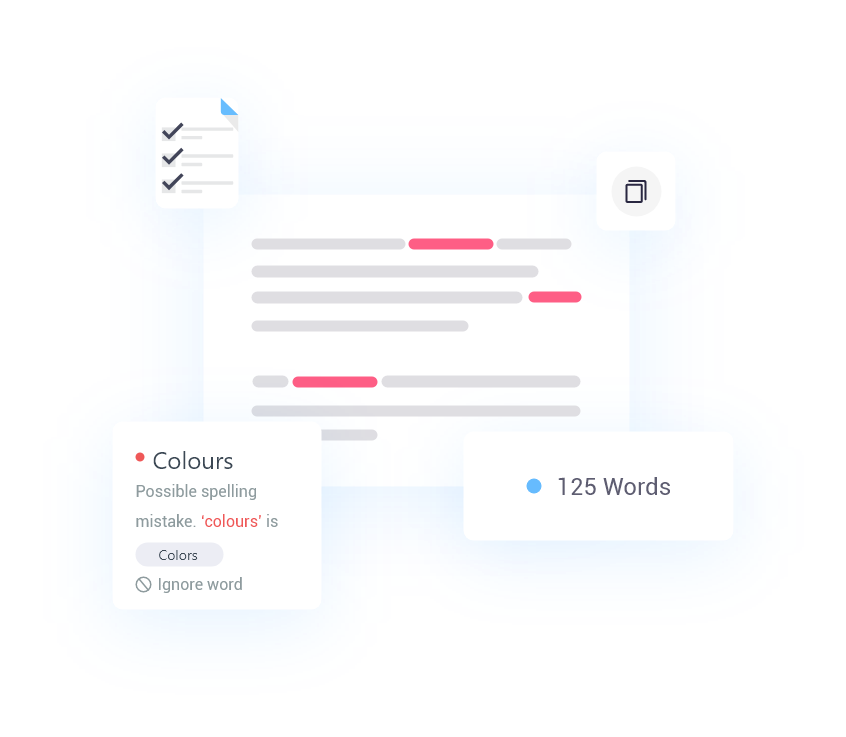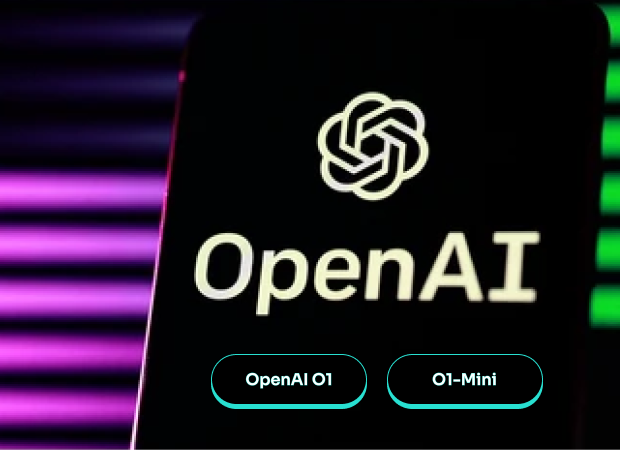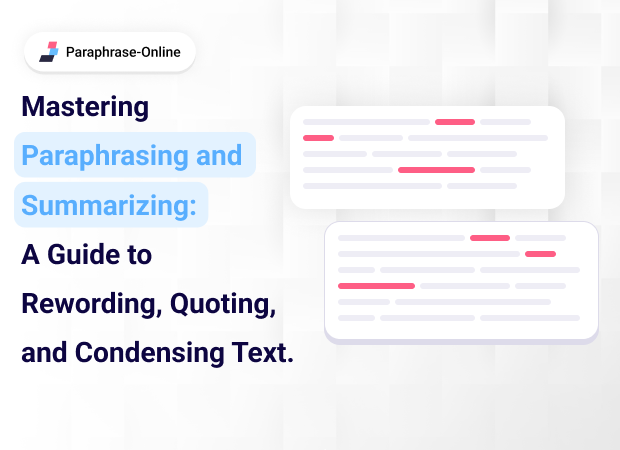OpenAI is a leading research laboratory that develops artificial intelligence (AI) technologies. It has made significant contributions to the field, especially in the area of large language models (LLMs). Among its latest advancements is the entirely new series, OpenAI o1.
This series includes two powerful AI models: o1-preview and o1-mini. Open AI introduced this entirely new series recently before launching GPT 5o. The o1 series is different from the traditional GPT in terms of model, working, and reasoning.
In this blog, we will discuss the newly launched OpenAI series in detail, along with their unique characteristics. By understanding these models, you can get an idea of how they showcase impressive results in various fields, such as science, coding, and, specifically, mathematics. Come along to find out more about the o1 series!
What are OpenAI o1 Preview & o1 Mini
o1 preview and o1 mini are two advanced language models developed by OpenAI. They are part of the GPT-4 family, representing the latest LLM generation. These models are developed to take a pause and think before responding. They can reason through complicated tasks and solve harder problems than previous models.
While they share a common foundation with GPT-4, o1 preview and o1 mini have distinct characteristics. o1 preview is designed to be a more experimental model, focusing on pushing the boundaries of language understanding and generation. It has more vital reasoning capabilities than the later one. o1 mini, on the other hand, is a more compact version of GPT-4. It is cheaper than the former and offers a balance of performance and efficiency.
Model Used in o1 series
The Open AI o1 preview and o1 mini models are built on advanced machine learning algorithms. They are designed to handle language processing with exceptional accuracy.
These models are also powered by the transformer architecture, which helps them excel at processing sequential data, such as text. This architecture allows the models to focus on different parts of the input text simultaneously to ensure better context comprehension and response relevance.
The o1 preview model is engineered for more complex tasks, offering higher memory and computational power. This allows it to process large-scale data and provide accurate responses across varied contexts. In contrast, the o1 mini is optimized for lightweight tasks, using fewer computational resources while maintaining efficient text generation capabilities.
Both models rely on unsupervised learning for training. They learn from a massive amount of data without explicit human labeling, enabling them to develop a deep understanding of grammar, syntax, and semantics, making their output more natural and coherent.
How do o1 Preview & o1 Mini Work?
o1 preview and o1 mini have the ability to think before generating a response. It works quite similarly to a person thinking about a certain query. With proper training, they can learn to generate optimal responses.
o1 can identify potential errors early on by clearly carrying out its reasoning process. In this way, it increases the likelihood of delivering the correct solution. This is similar to the thought process of humans when they carefully organize their thoughts to minimize the chance of mistakes.
o1 preview and o1 mini works by utilizing reinforcement learning and chain of thought reasoning to generate accurate and logical solutions. With reinforcement learning, they can enhance their thinking process, apply different strategies, and recognize mistakes to improve them. The chain of thought technique is helpful when there is a need to break down larger modules into small and manageable ones. Basically, this approach is behind the “think before responding” process.
With the help of these very techniques, these models can perform similarly to scholars. OpenAI conducted a test, and the results show that this newer version works amazingly better than the traditional ones. According to the results, the o1 model performed like a PhD student. They were asked to perform standard physics, chemistry, and biology tasks. It achieved the highest score in complex subjects like maths and coding.
When the latest models were compared with the older ones, they got an outstanding score. The reasoning model qualified for the International Mathematics Olympiad (IMO) by answering 83% of the questions correctly. In contrast, the GPT-4 score was only 13%. Furthermore, it was tested for the Codeforces competition, and the o1 model reached the 89th percentile.
If we talk about each model separately, the o1 preview was accompanied by the o1 mini. The latter one, as the name suggests, is cheaper and provides limited features. However, it is faster and best at solving queries related to coding. The other reasoning model, o1 preview, takes a bit longer to solve complicated mathematical problems or tasks that require logical reasoning.
Using o1-Preview and o1-Mini: API Access
To utilize the power of O1-Preview and O1-Mini, you’ll need to access the OpenAI API. This API provides a straightforward interface for interacting with these models, allowing you to send prompts and receive text-based responses.
The OpenAI API documentation offers detailed instructions on how to set up your account, obtain an API key, and make requests. Once you have your API key, you can integrate these models into your applications using various programming languages and frameworks.
Future Implications and Developments
The development of the o1 preview and o1 mini represents a significant milestone in the field of AI. As these models continue to evolve, they have the potential to revolutionize various industries and shape the way we interact with technology.
Some potential developments for the reasoning models include:
Improved Performance:
Future iterations of these models may exhibit even higher levels of accuracy, fluency, and coherence in their text generation.
Specialized Models:
OpenAI might develop specialized versions of o1 preview and o1 mini tailored for specific tasks, such as medical research or legal analysis.
Ethical Considerations:
As these models become more advanced, it will be crucial to address ethical concerns related to bias, misinformation, and potential misuse. The future of o1 preview and o1 mini is promising. As AI research continues to advance, we can expect these models to become even more powerful and versatile.
Limitations of the o1 Preview & o1 Mini
The o1 series is newly launched, so it lacks a few of the features that were present in the older versions. Chat GPT 4 has the ability to browse the web to gather information. Moreover, in the previous versions, users can upload images or files. In the reasoning model, these functions are not present. In the future, there is a hope that these features will be available soon in the o1 series, too. However, the company says that these versions are specifically designed for complex reasoning tasks.
Wrap Up
In this blog, we have discussed the newly launched series variant of Chat GPT; o1 preview and o1 mini. These models are extensions of GPT 4, but they have unique characteristics. Both o1 preview and o1 mini represent significant advancements in the field of natural language processing. Their ability to understand and generate human-like responses to complex coding, mathematics, or logical queries. As AI continues to evolve, it is essential to stay informed about revolutionary developments like o1 preview and o1 mini.



 Worst
Worst Bad
Bad Good
Good Nice
Nice Amazing
Amazing









 Pricing
Pricing







